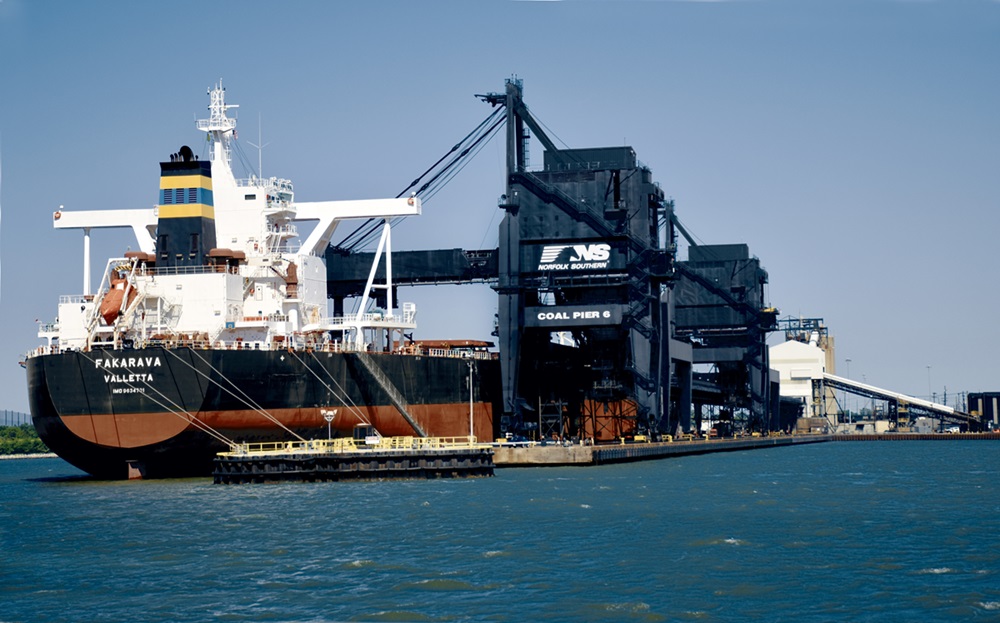
WASHINGTON – In what’s likely to be a mixed bag for railroads, the U.S. Trade Representative yesterday watered down its plans to impose steep fees on Chinese ships that call on American ports.
The U.S. Trade Representative modified many of the fees that were proposed in February but had received widespread criticism from importers, exporters, and the maritime industry during hearings last month.
In the initial proposal, vessels operated by Chinese companies would have faced a $1 million port call fee. Ships built in China would have to pay a $1.5 million fee per port call. And any shipping line that has placed more than 50% of its new vessel orders with Chinese shipyards would incur a $1 million port entry fee.
“The new proposal has major changes compared to the first proposal with downward revisions of some fees,” says Lars Jensen, a maritime expert based in Copenhagen.
Now the port call fee would be levied once per trip to the U.S. — rather than at every port a ship touches on its route. The fees would be based on ship tonnage or by container and would apply to Chinese operated and Chinese-built vessels.
In a significant move, the new proposal exempts ships that arrive empty and are used to export bulk commodities like grain and coal. That’s good news for CSX and Norfolk Southern, which handle lucrative metallurgical coal export traffic, as well as for BNSF Railway and Union Pacific, which carry grain to West Coast and Gulf Coast ports.
The shipping fees would have made U.S. exports less competitive in global markets.
Intermodal analyst Larry Gross says the new plan likely will limit the potential for major changes in containerized freight flows, which might have occurred under the original proposal because ocean carriers likely would have concentrated on major ports and dropped service to smaller ports to avoid cumulative fees.
“From an intermodal perspective this addresses a lot of the disruptive potential that the other plan had for inland transport,” Gross says. “It’s still hugely disruptive for the ocean carriers, obviously.”
The initial plan also would have further incentivized shippers to avoid fees by using Canadian or Mexican ports for their U.S.-bound containers. The revamped plan does not address this back door entry to the U.S., but an executive order that President Donald Trump signed on April 9 does.
The order effectively would treat containers that arrive in the U.S. from Canada or Mexico as if they had arrived at a U.S. port. That means they would be subject to all the same fees, including a harbor maintenance tax. Canada does not levy a harbor tax, which has given its ports a competitive advantage and was among the factors that helped propel international intermodal growth at Canadian National and Canadian Pacific for containers bound for the U.S.
“This is not the death knell for using Canadian ports for U.S.-bound traffic,” Gross says, noting that importers consider a slew of factors when deciding which ports to use.
The executive order removes one of the tailwinds for ports served by CN and CPKC, but it doesn’t necessarily make their international intermodal service to the U.S. uneconomic, Gross says.
But the ports at Vancouver and Prince Rupert, British Columbia, have been struggling to regain container volume lost during the past two years of labor disruptions in Canada. In the first quarter this year, international intermodal volume from Western Canada to the U.S. Midwest is down 29%, Gross notes, while volume surged 68% for international containers moving from the Pacific Northwest to the Midwest, based on data from the Intermodal Association of North America.
“Obviously those two numbers tell you there’s something going on there,” Gross says. “It’s definitely a sea change.”
And it’s a change that may benefit BNSF and Union Pacific, which serve the West Coast ports that for two decades have been gradually losing market share to ports in British Columbia.
But the port call fees — along with broad tariffs — are still likely to make imported goods more expensive and therefore reduce consumer demand. And that, in turn, would put a dent in U.S. intermodal traffic. Already, the volume of U.S.-bound shipments from China has declined sharply.
The American Apparel & Footwear Association, a trade group that represents clothing and shoe manufacturers, was still critical of the port fee proposal.
“We are deeply concerned that the newly announced port fees and shipping mandates are destined to have devastating consequences for American workers, consumers, and exporters,” Nate Herman, the association’s senior vice president of policy, said in a statement today.
White House says the fees would be used to subsidize the U.S. shipbuilding industry, which no longer produces commercial vessels in meaningful numbers. The administration says the plan also would reduce the global dominance of China’s shipyards.
“We fully support strengthening the U.S. maritime industry, but penalizing shippers for not using American-flagged or built vessels, when they cost up to five times more and remain in limited supply, is counterproductive,” Herman said.
The latest fee proposal is not set in stone: The U.S. Trade Representative is accepting public comments through mid May.






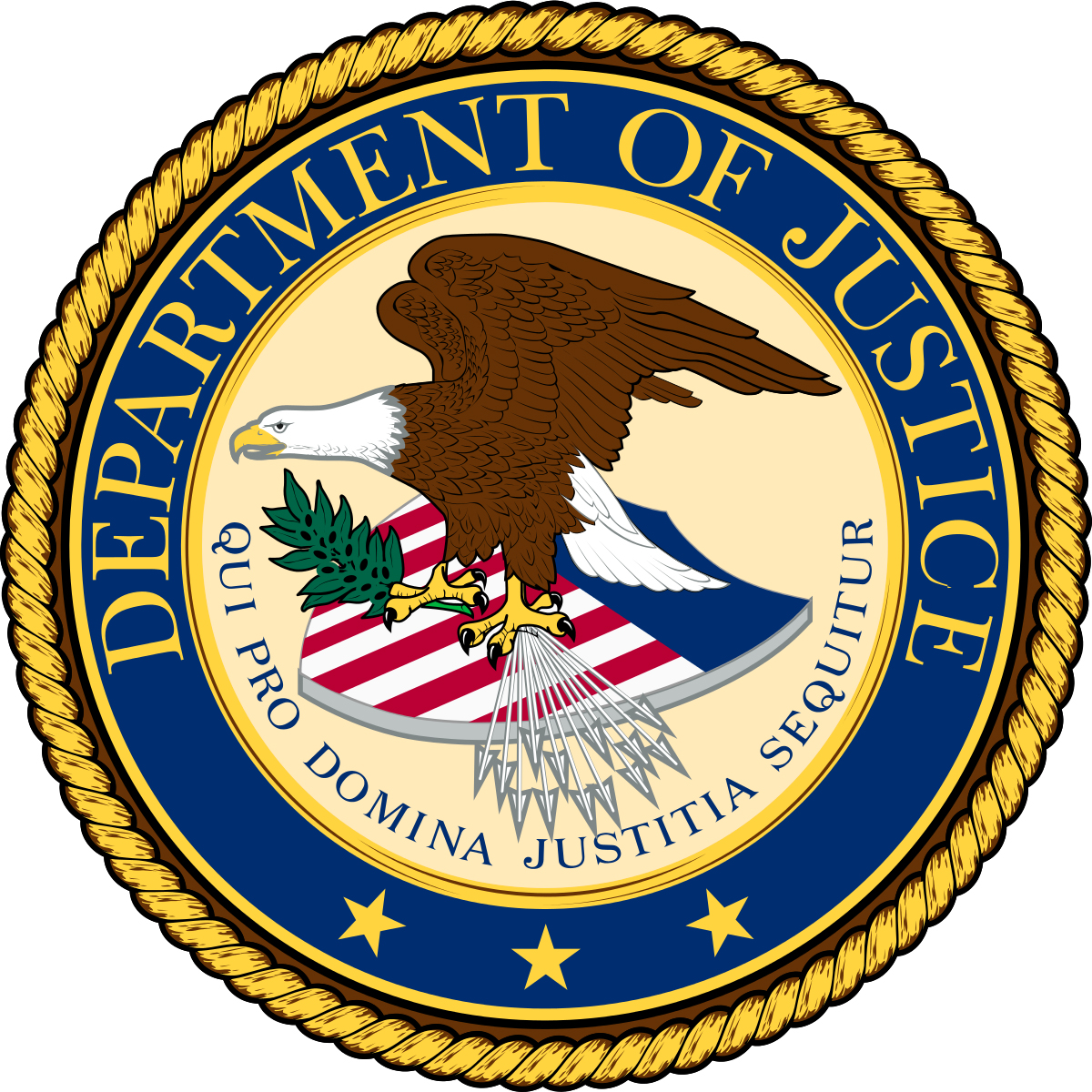

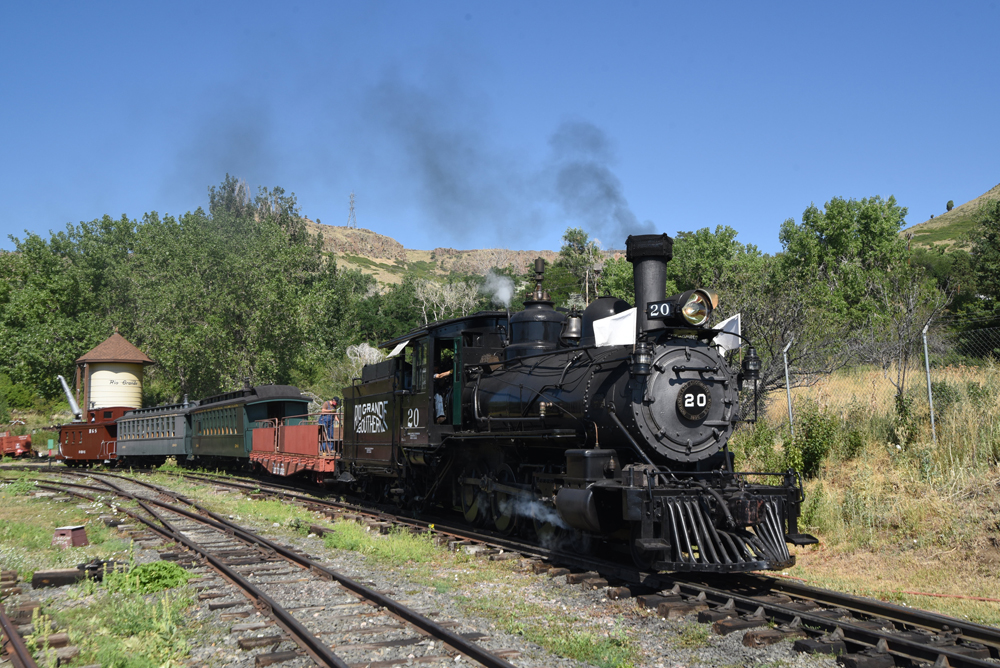


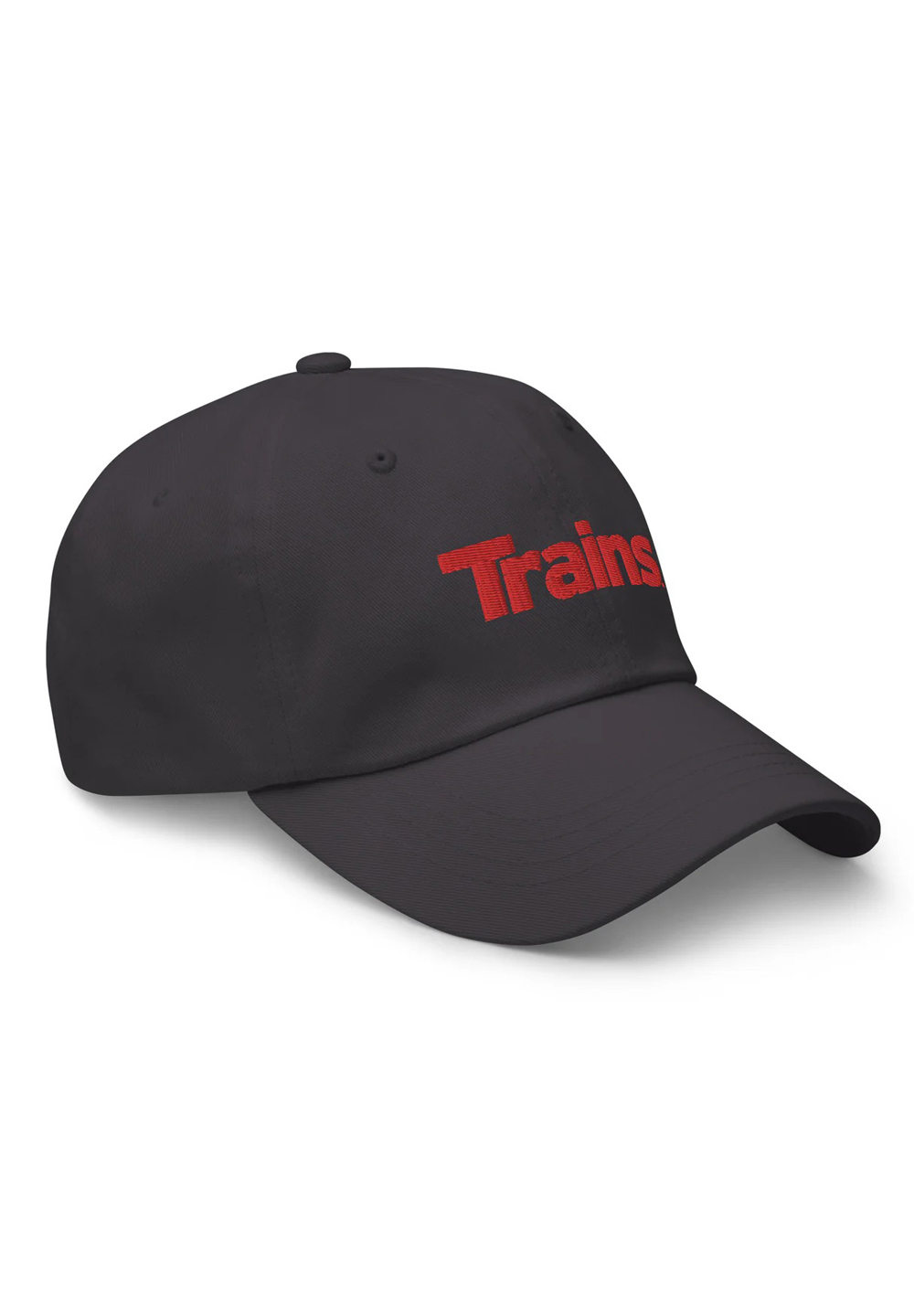
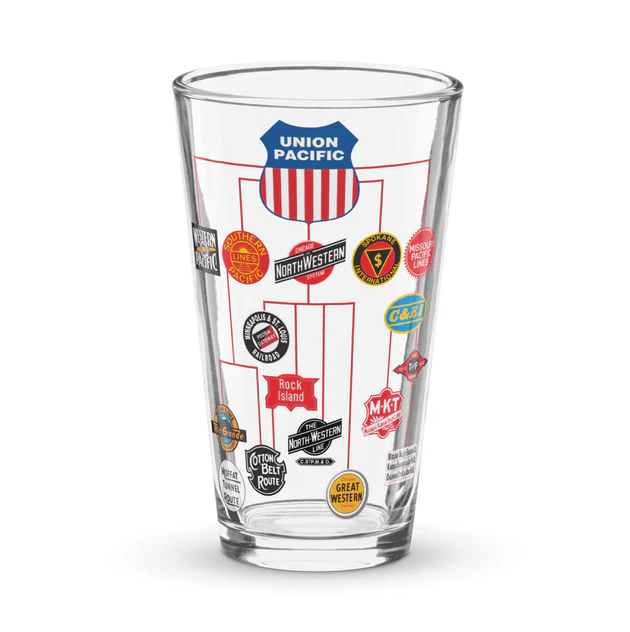
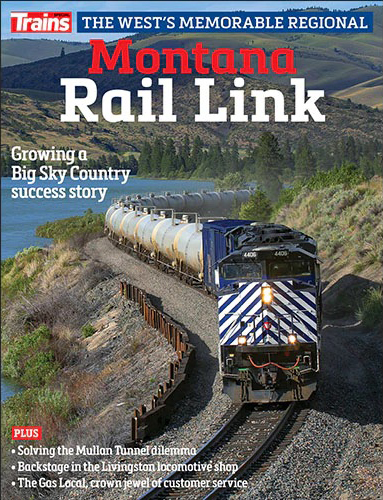
All of this is very much in flux and a work in progress. I wouldnt make any broad predictions until they work things out with the delegation from the DPRC which is well underway.